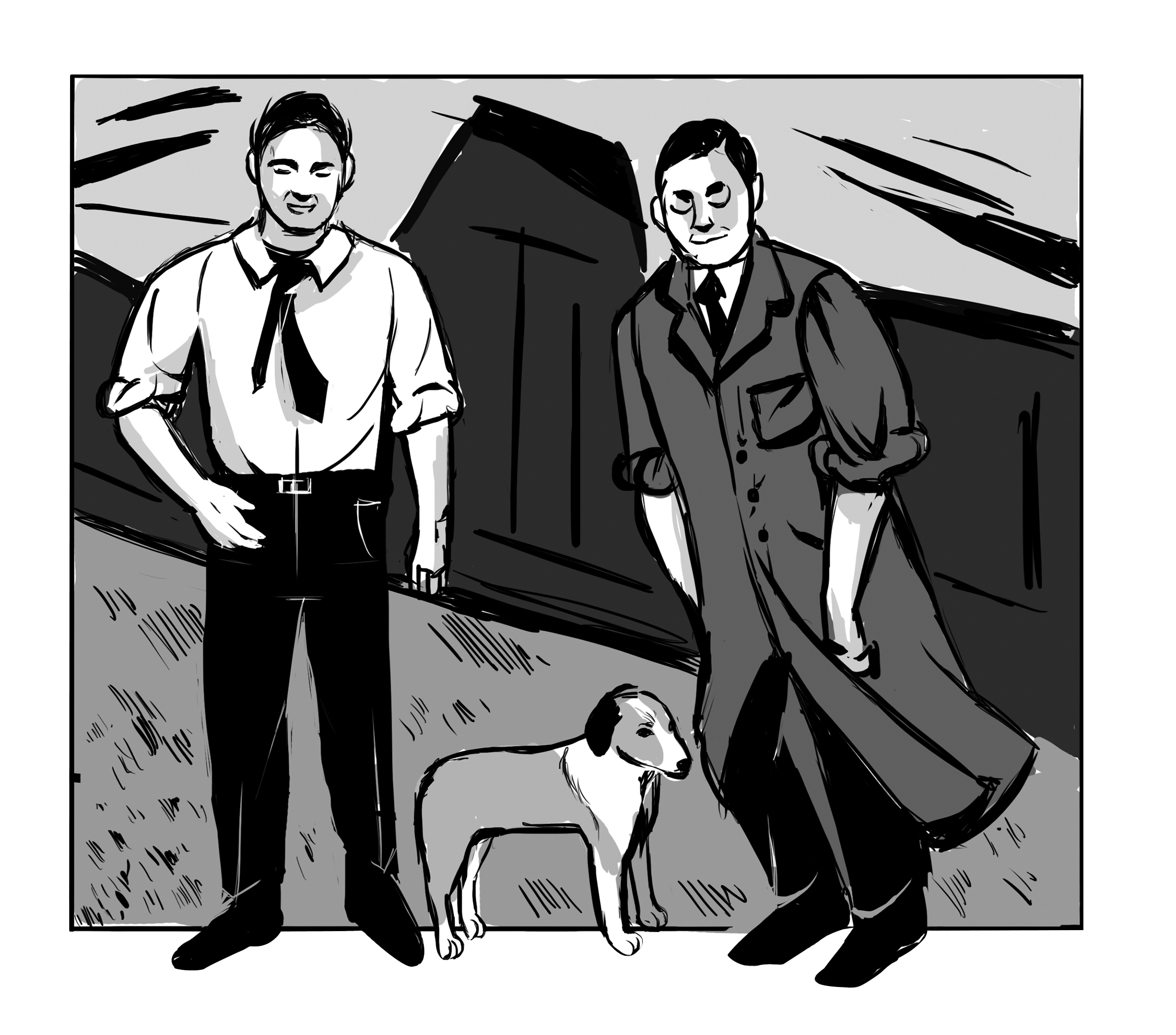Experiments Explained is The Varsity’s Science subsection featuring notable findings in history. Our goal is to showcase the experiments that shaped our understanding of science today.
Step into the Macleod Auditorium in the Medical Sciences Building, and you will find a display dedicated to the discovery of insulin — perhaps the most well-known success story to come out of U of T medical research.
Before the discovery of insulin, type 1 diabetes was a death sentence. Patients died of either the disease or the treatment, a starvation diet that restricted children to as little as 500 calories a day, for which there was meagre evidence of benefit.
In 1920, Canadian physician Frederick Banting jotted down 24 words: “Ligate pancreatic ducts of dogs. Keep dogs alive till acini degenerate leaving Islets. Try to isolate the internal secretion of these to relieve glycosurea.”
In other words, diabetes — which Banting equated with glycosuria because diabetics excreted the sugar glucose in their urine — had been traced to the pancreas, the hockey stick-shaped organ tucked behind the stomach. More specifically, it had been linked to dysfunction of the islets of Langerhans, clumps of cells found throughout the pancreas.
Previous attempts to isolate the component — something healthy people had and type 1 diabetics lacked — secreted by these islets ultimately failed.
Banting theorized that the previous experiments did not work because the pancreas secreted juice, composed of digestive enzymes, and destroyed the anti-diabetic secretions before they could be isolated.
Hence his plan: “ligate [cut] pancreatic ducts of dogs” to stop them from producing the digestive juice, then collect the secretions from the islets. Armed with this idea, Banting moved to Toronto, where U of T professor John Macleod equipped him with a laboratory and an assistant, medical student Charles Best.
In May 1921, Banting and Best began their experiments. They removed the pancreata of some dogs to induce diabetes, and cut pancreatic ducts in others so they could extract islet secretions.
They then injected the secretions from the second group into the now-diabetic first group, monitoring their blood and urine sugar levels as well as their lifespans. The dogs survived.
The islet extract — first called isletin, later renamed insulin — alleviated their symptoms.
Macleod, finally convinced of their success after asking them to repeat their experiments, brought in Bertram Collip to help the team purify the extract. By then, they had switched from dog pancreata to cows, simply because they needed more extract than dogs could provide.
While Banting’s initial idea to cut pancreatic ducts was unsuccessful, the team had succeeded in isolating insulin.
In January 1922, the team administered insulin to 14-year-old Leonard Thompson — the first person to receive insulin. At the time, Thompson weighed a mere 65 pounds and was on the brink of death. Following the treatment, Thompson’s condition improved. He lived another 13 years. Others in similar conditions also improved after being treated with insulin.
During the same year, the experimental cure reached the United States and clinical trials launched in North America in July of the same year. By the end of the year, insulin production started in Europe. In 1923, Banting and Macleod received the 1923 Nobel Prize in Physiology or Medicine for their discovery of insulin. Banting shared his prize money with Best while Macleod shared his with Collip.
To this day, insulin makes diabetes — although an incurable condition — manageable for those living with it.
The naming of Macleod Auditorium and its tribute to Banting, Best, and Collip serve not only to commemorate a moment in U of T medical history, but also to celebrate a scientific breakthrough that continues to save lives.


